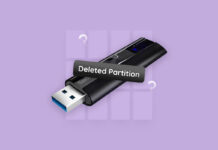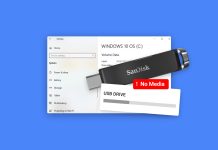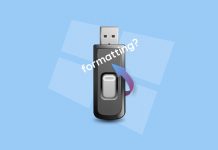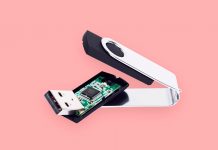 Frequent error messages, slow performance, and missing data are all signs of a logically damaged USB drive. To repair your drive, you’ll need to employ the help of USB repair tools. And yes, there’s an abundance of such tools on the internet. So, to make your job easier, we’ve compiled a list of the 16 best tools you can use.
Frequent error messages, slow performance, and missing data are all signs of a logically damaged USB drive. To repair your drive, you’ll need to employ the help of USB repair tools. And yes, there’s an abundance of such tools on the internet. So, to make your job easier, we’ve compiled a list of the 16 best tools you can use.
Table of Contents
What is a USB Repair Tool and How to Select It
Broadly, USB drives are susceptible to two types of damage–physical damage, and logical damage. USB repair tools will only be able to assist you if your flash drive is logically damaged. When dealing with physical damage (such as bent connectors, a damaged NAND flash chip, water damage, and overheating), contact a professional USB repair service.
Common Logical Problems With USB Drives
USB drives are vulnerable to numerous logical issues. Each one has varying symptoms, but a common thread is data loss and the inability to write data to your drive. The USB repair program you use will depend on the issue you’re facing.
Use the following table as a guide:
|
Problem |
Description |
Solution |
| 🗂️ Corrupted file system | You’re unable to read or write data to the USB drive, even though it’s detected by your PC. This can happen because of improper ejections, sudden power cuts, and PC crashes. | First, recover your data using data recovery software. Then, use CHKDSK to scan your USB drive. |
| 🦠 Malware | Computer viruses can corrupt the USB’s files and the file system. Typically occurs when you connect the USB drive to an infected computer. | Use Windows Defender or a third-party antivirus program to scan your PC. After the scan, use data recovery software to get back any deleted files. After data recovery, you can reformat the drive to fix the file system and bad sectors. |
| 📦 RAW file system | If your USB drive’s file system is missing entirely, or severely damaged, it will show up as RAW in Windows Disk Management. | Get back your data using data recovery software and then format the drive. |
| 💿 Bad sectors | Over time, your USB drive will develop bad sectors. These are areas in its storage that cannot be accessed or used. Bad sectors are a part of prolonged usage of the drive, but can also be caused by improper use of the flash disk. | Recover your data using a data recovery program and then fix the drive using CHKDSK. If CHKDSK is unable to fix your drive, use one of the paid USB repair tools to detect and fix bad sectors on your flash drive. |
How to Recover Files From Your USB Flash Drive
In most instances of logical damage, you won’t be able to access the files stored on your pen drive.
Before repair, it’s a good idea to first recover all your data from the corrupted USB drive. The repair process can delete your files, and sometimes the only way to repair your drive is to format it.
Luckily, as long as your drive is detected by your PC, you should be able to recover most, if not all, of your data from it. How? Well, using third-party data recovery software.
There are plenty of options to choose from, but I suggest you use Disk Drill, as it lets you create a backup (disk image) of your USB drive, and then scan the backup for recoverable data. It’s not advisable to directly scan the USB drive for recoverable data, as it stresses the drive and can cause further data loss.
Here’s how to create a disk image of your USB drive and scan it to get back all your data:
Create a Disk Image of your USB Drive Using Disk Drill
- Download Disk Drill and install it.
- Connect the USB drive to your PC.
- Open Disk Drill and click on the Drive Backup option, under Extra Tools.
- Select the USB drive and click on the Byte-to-byte Backup button.
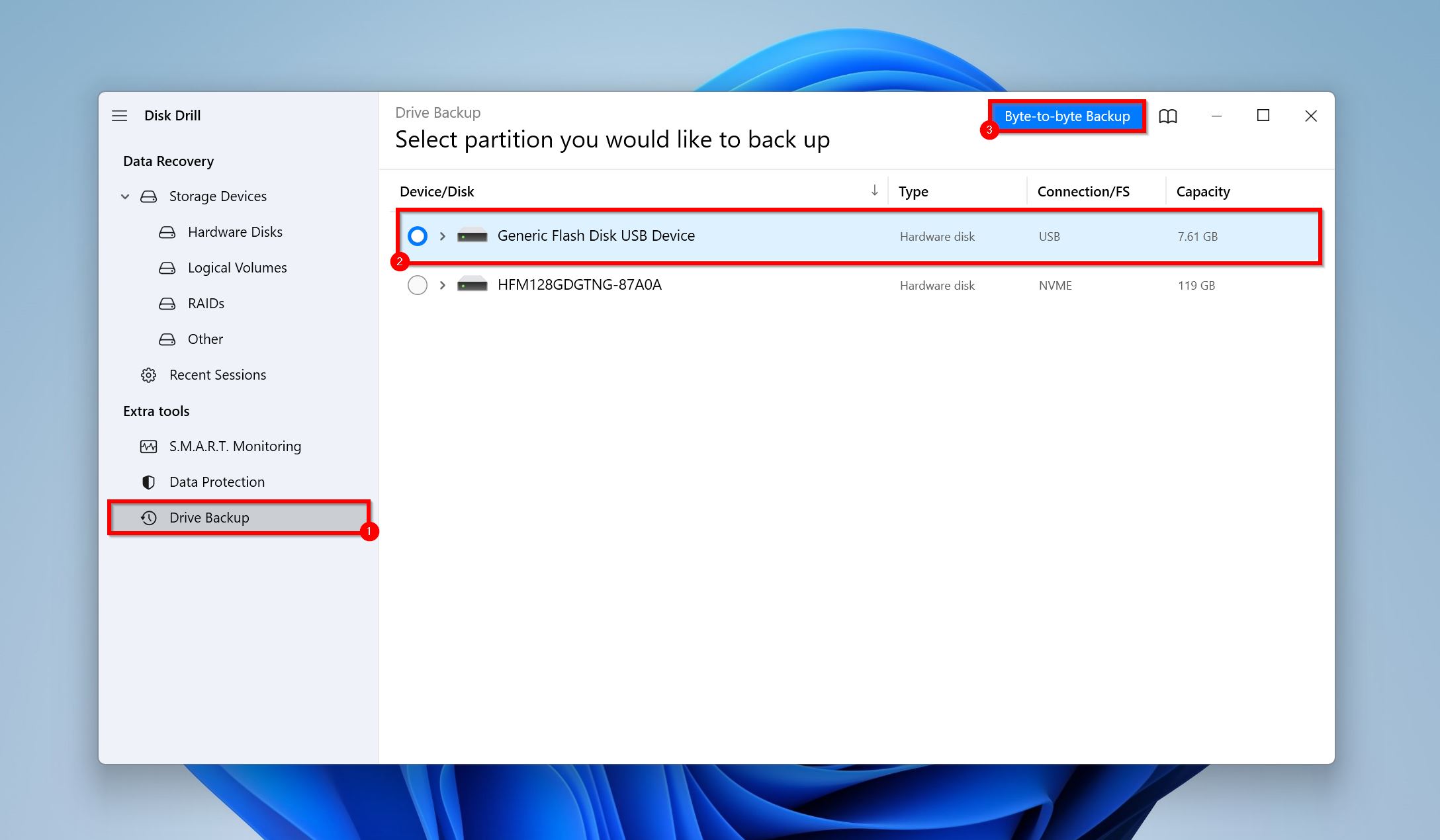
- Select where you want to save the USB drive’s disk image and click OK.

- Disk Drill will create the disk image.
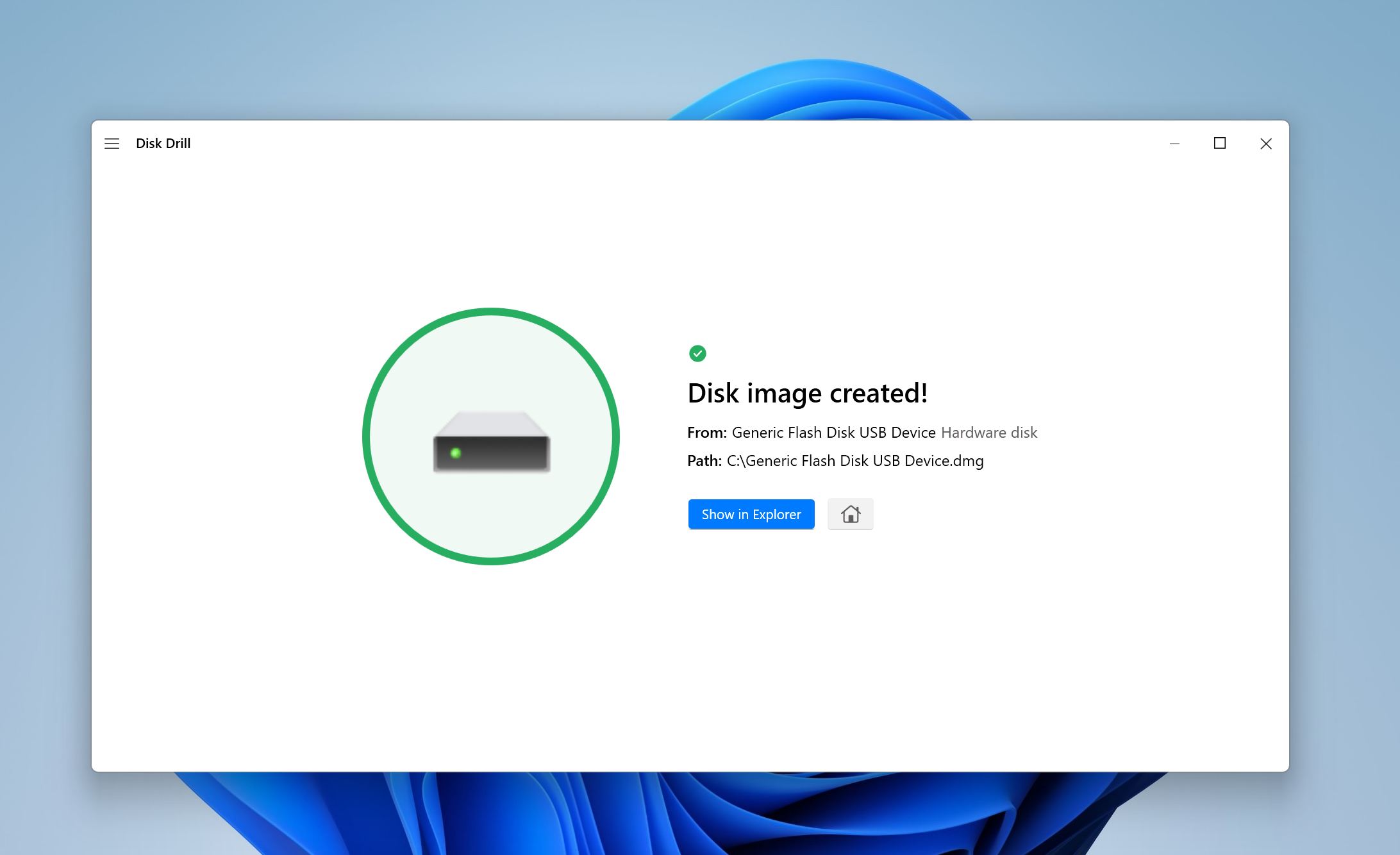
Scan the Disk Image of your USB Drive Using Disk Drill
- Open Disk Drill, and ensure you’re on the Storage Devices tab, under Data Recovery.
- Click on the Attach disk image option and browse for your pen drive’s disk image. Double-click on it. It’ll be mounted to Disk Drill.

- Select your flash disk’s disk image and click on Search for lost data.
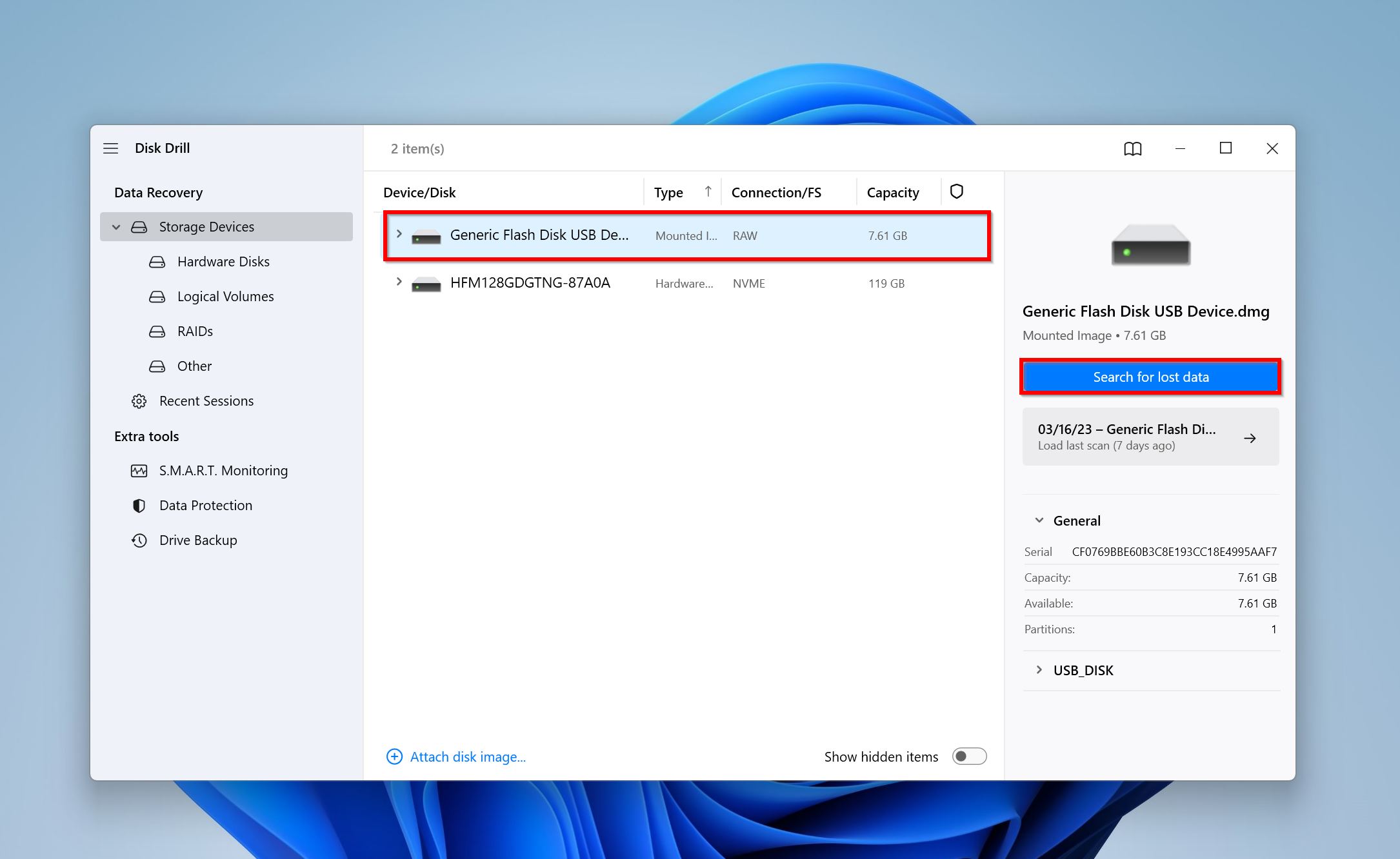
- Click Review found items or directly click on the file type you want to recover (Pictures, Video, Audio, Documents, Archives, and Other).
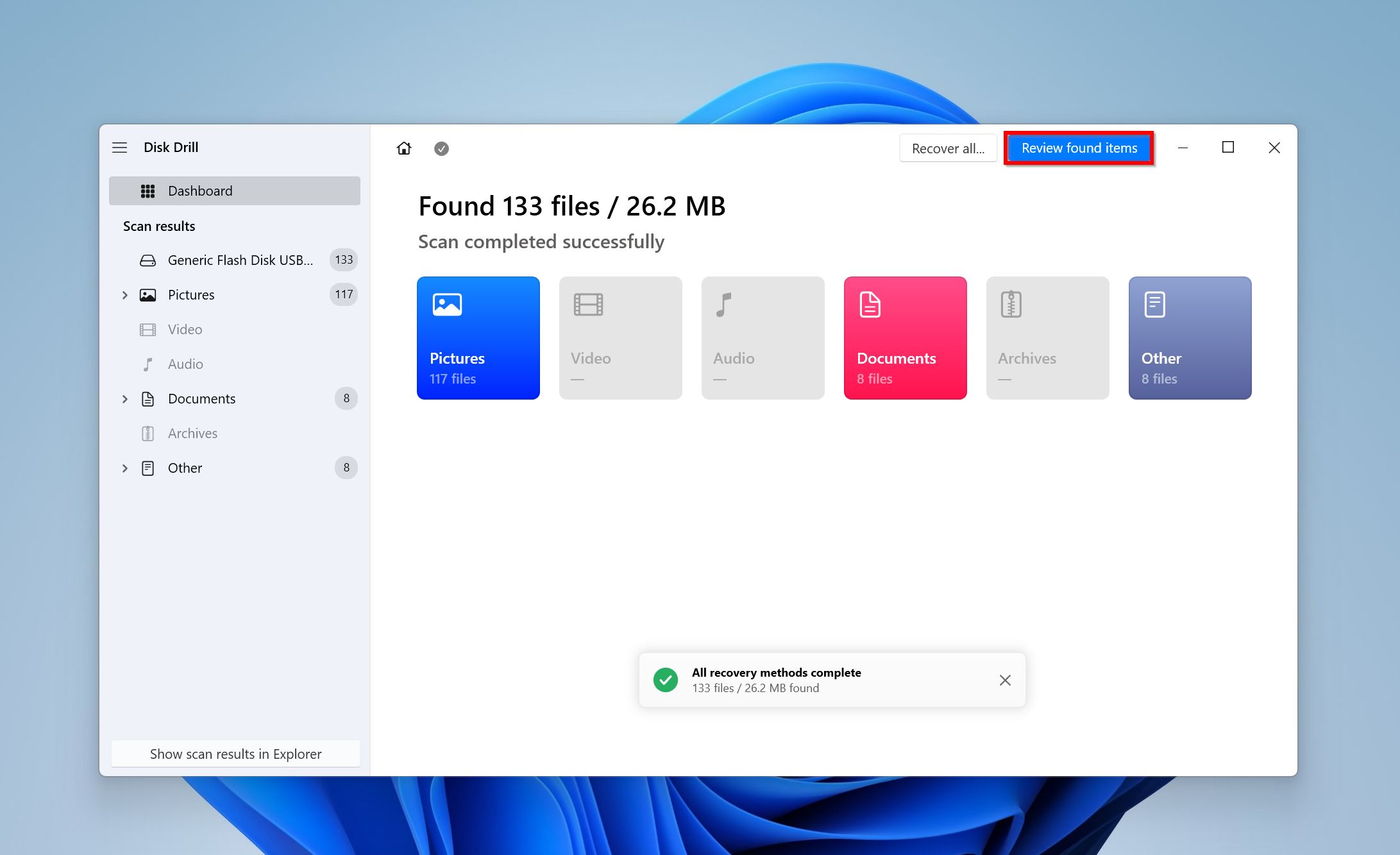
- Use the checkboxes to select the desired files and click Recover. Disk Drill displays a preview of the currently selected file. All existing files on your USB drive will be available under the Existing menu on this screen. To view and recover deleted files, expand the Deleted or lost, or Reconstructed sections.

- Choose a recovery destination and click Next.
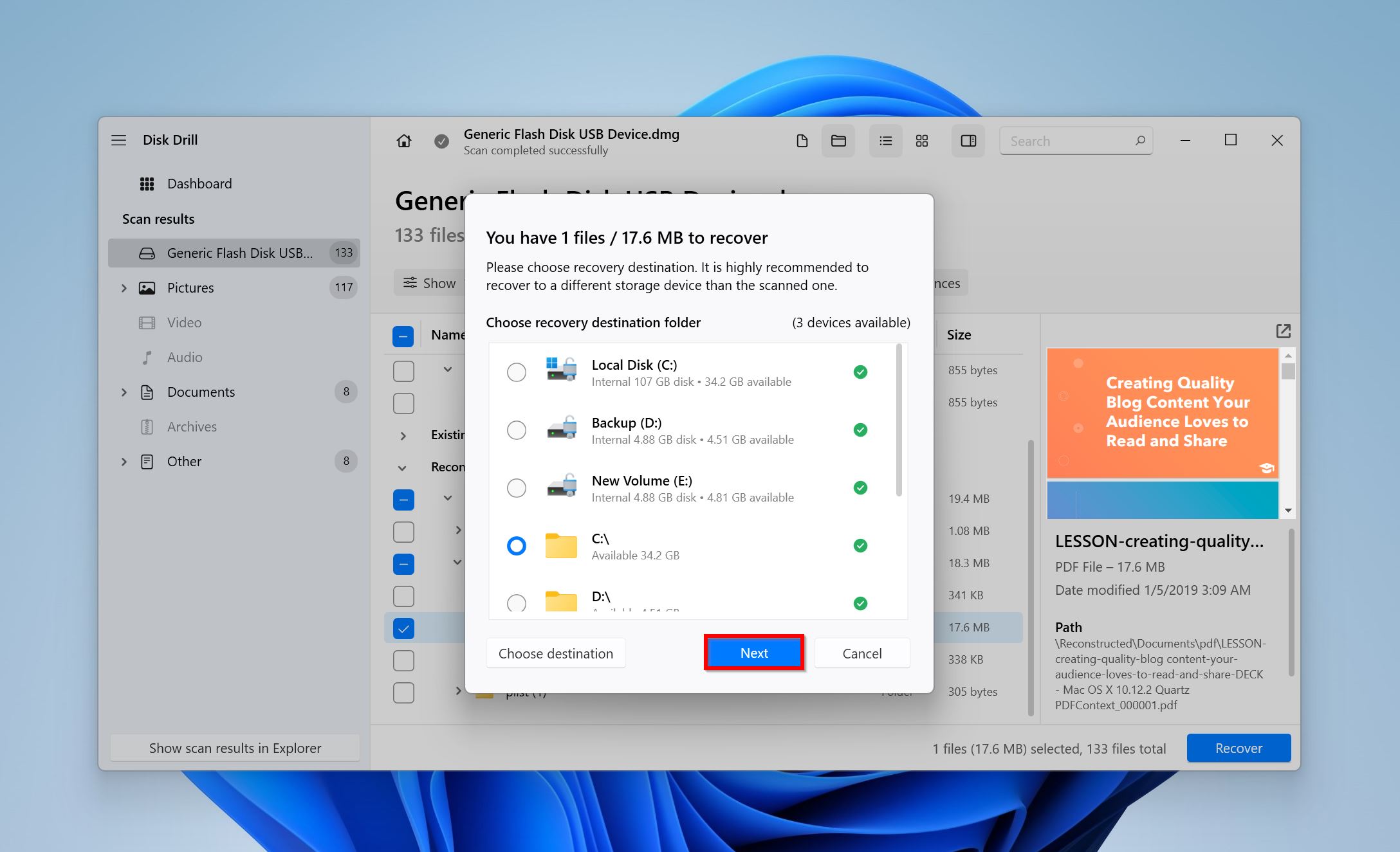
- Disk Drill will recover the files.
Best USB Repair Tools
In our list, we’ve distributed the flash drive repair tools across three different categories–free in-built tools, paid tools, and USB drive brand-specific repair tools.
Free In-Built Flash Drive Repair Utilities on Windows and macOS
In case of minor logical damage to your USB drives, the in-built disk repair utilities in Windows and Mac are enough to repair it. They also offer the added advantage of reliability, while being free and requiring no additional downloads.
1. CHKDSK (Windows)
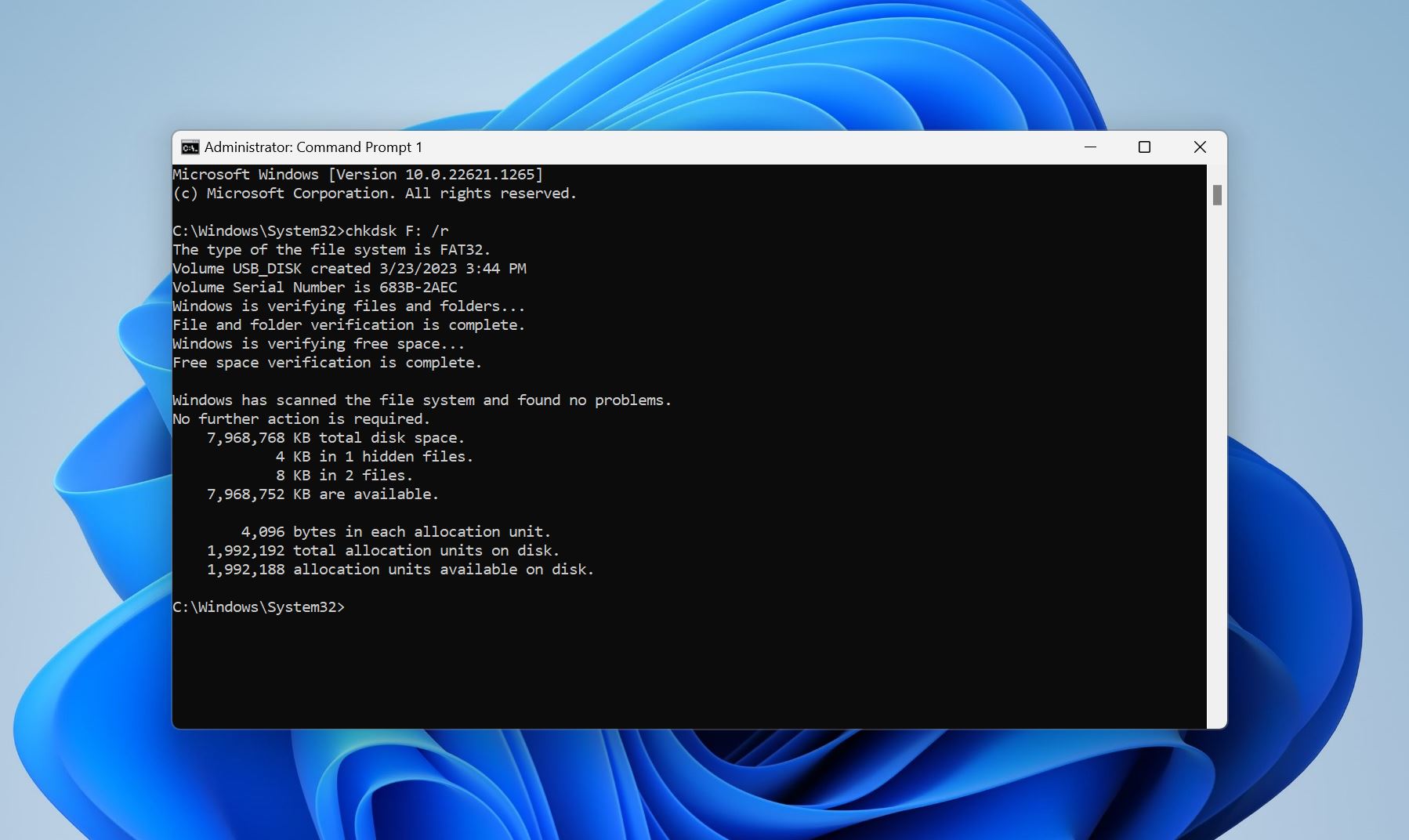
CHKDSK (short for “check disk”) is a command line utility that has been around since 1980. As its name implies, it checks for and repairs any bad sectors on your storage drives. You can run CHKDSK using the Command Prompt, Windows Terminal, Windows PowerShell, or DOS Prompt.
Pros
- Free to use, and can be run in different ways using various parameters.
- Adept at detecting and fixing bad sectors, or a damaged file system.
- Compatible with both FAT32 and NTFS file systems.
- Doesn’t work on RAW USB drives.
- Can delete data during the repair process.
- Not as user-friendly as GUI-based flash drive repair tools.
2. Diskpart (Windows)
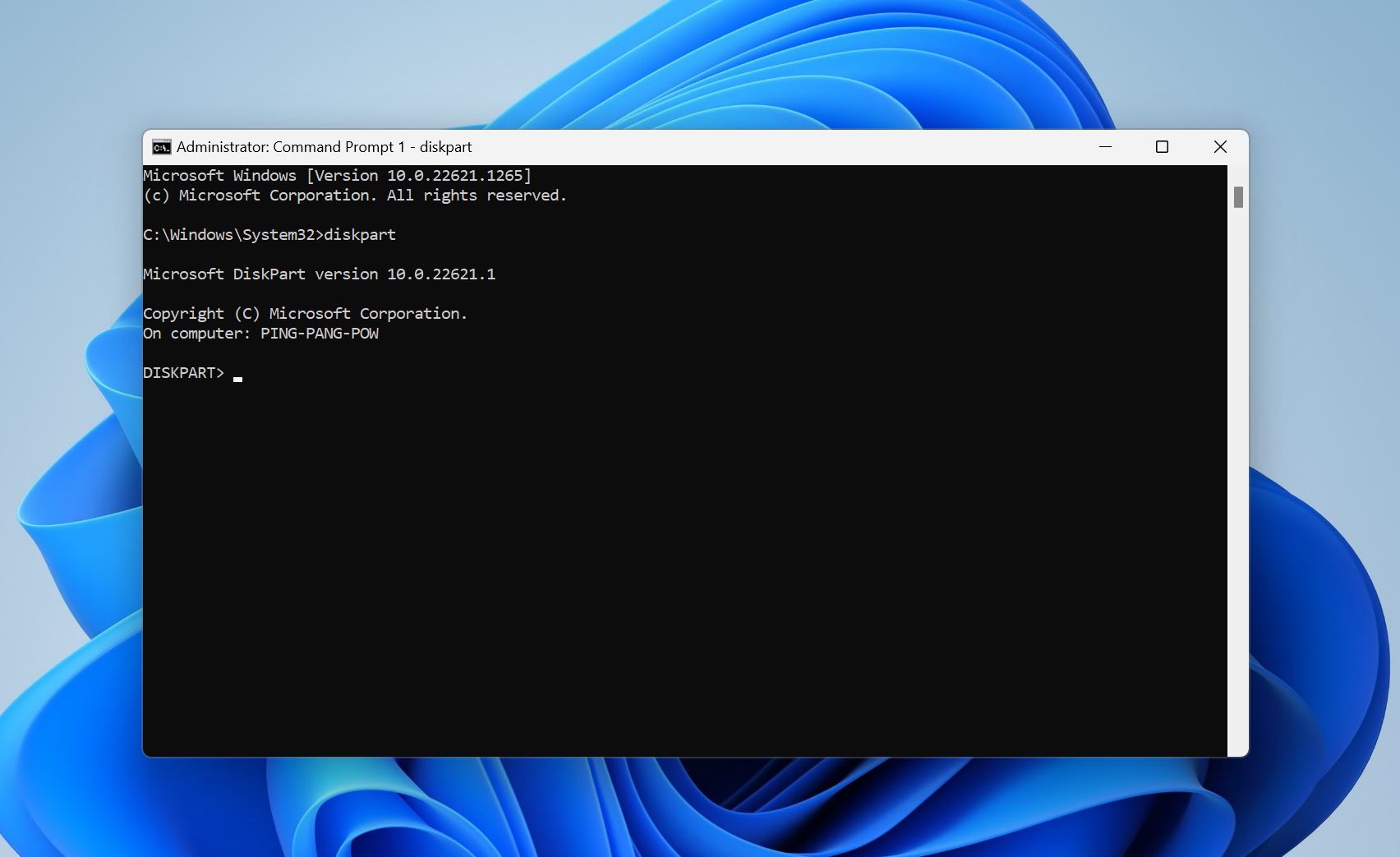
Diskpart is another command-line tool that comes pre-packaged with Windows. Unlike CHKDSK, it doesn’t exactly repair the file system of your USB. Instead, you can use it to clean and format your USB drive to its factory state. Diskpart offers loads of additional functionality, like the ability to convert the partition table, create/modify/delete partitions, and modify the attributes of a disk.
Here is how you can use diskpart to format a USB drive.
Pros
- Offers immense control and flexibility when it comes to managing the storage drives on your computer.
- Being a command-line tool, it can be run in Windows Recovery Environment, i.e. you can use it, even if Windows doesn’t boot.
- Cannot repair a USB drive without deleting its data first.
- Not user-friendly. You have to type numerous commands in succession to perform the format.
3. GUI Disk Error Checking Tool (Windows)
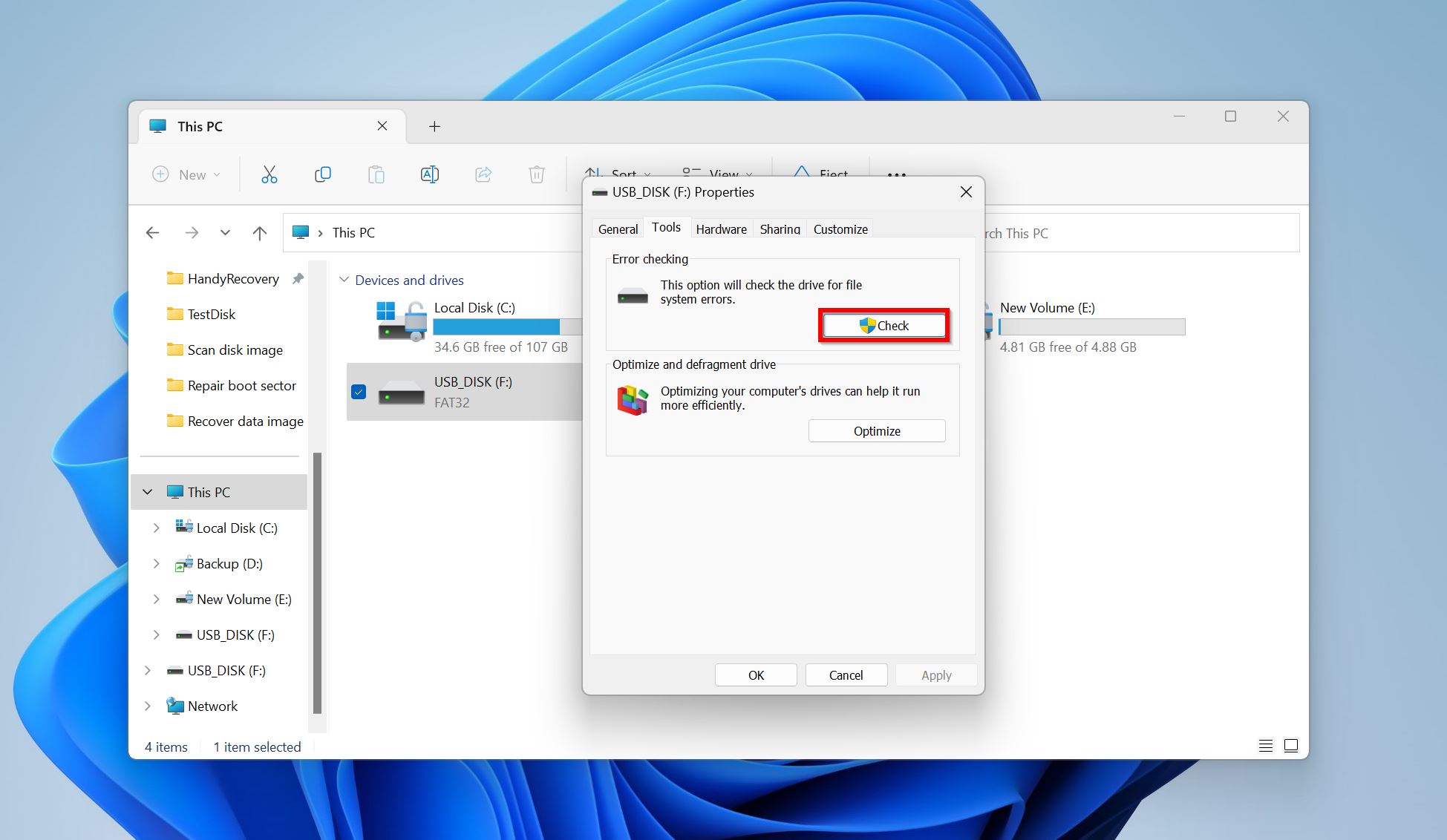
The Disk Error Checking Tool in Windows is essentially a GUI version of chkdsk. It’s more user-friendly than chkdsk as it allows you to skip the whole process of typing in commands in the Command Prompt. However, it doesn’t offer the same amount of flexibility and parameters as the chkdsk command line utility.
Pros
- Allows you to scan your USB drive for errors within a few clicks. Easy enough to use for new PC users as well.
- Detects and fixes the USB drive’s file system.
- Limited functionality when compared to its command line based counterpart.
- Only works if the USB drive is visible in Windows Explorer.
4. First Aid (macOS)
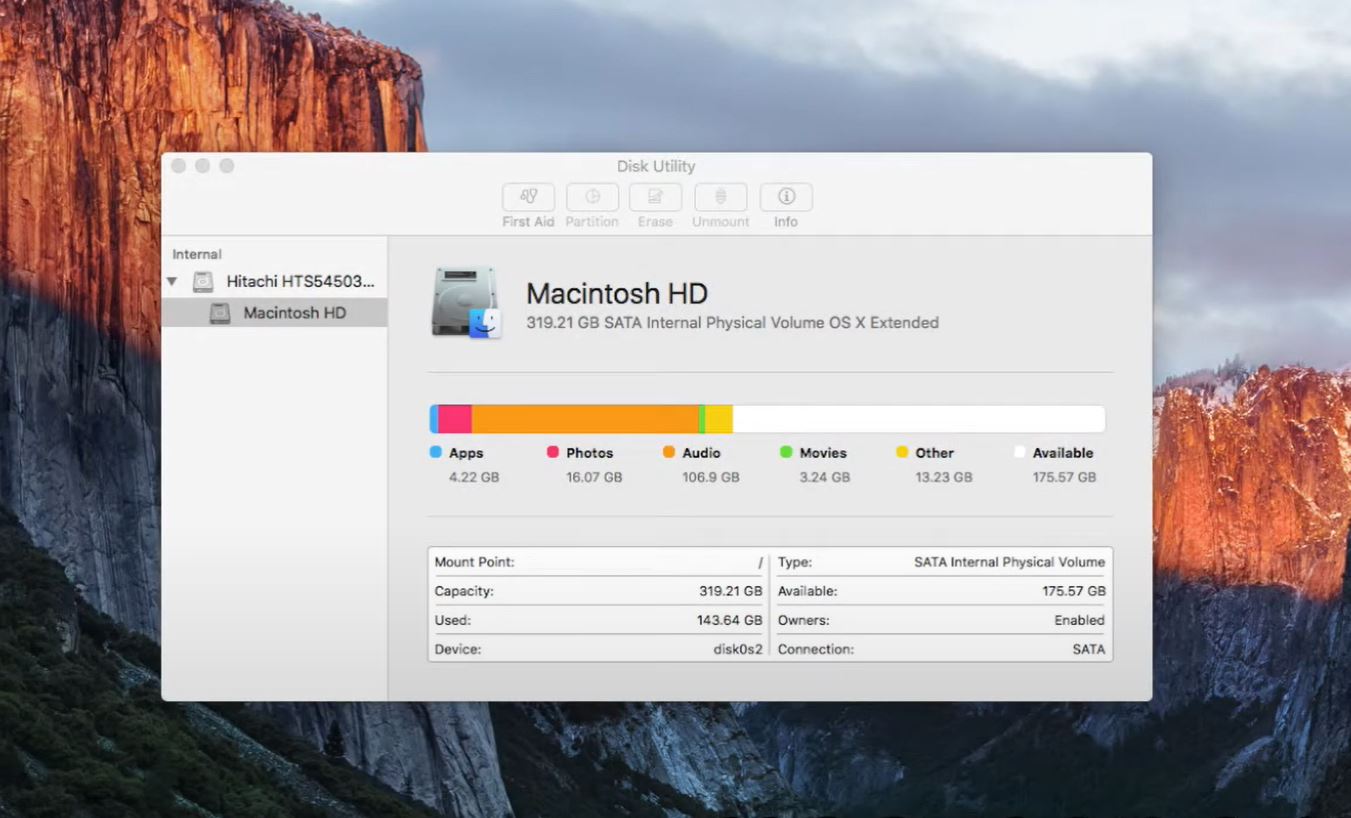
The First Aid feature within macOS’ Disk Utility is similar to CHKDSK in Windows. It detects and repairs any file system errors on your drives. You don’t have to run any commands because the feature is GUI-based. In fact, it’s easier to use than the Windows GUI Disk Error Checking Tool. It’s an excellent repair option if you notice vanishing files from your USB drive, slower performance, and random error messages.
Pros
- Extremely user-friendly.
- Excellent for preventive maintenance of your storage drives. It’s a good idea to run First Aid periodically to fix minor file system issues as and when they arrive.
- Limited functionality. It’s only adept at repairing minor file system errors.
- You cannot use it if your macOS doesn’t detect the USB drive.
5. Windows Defender (Windows)
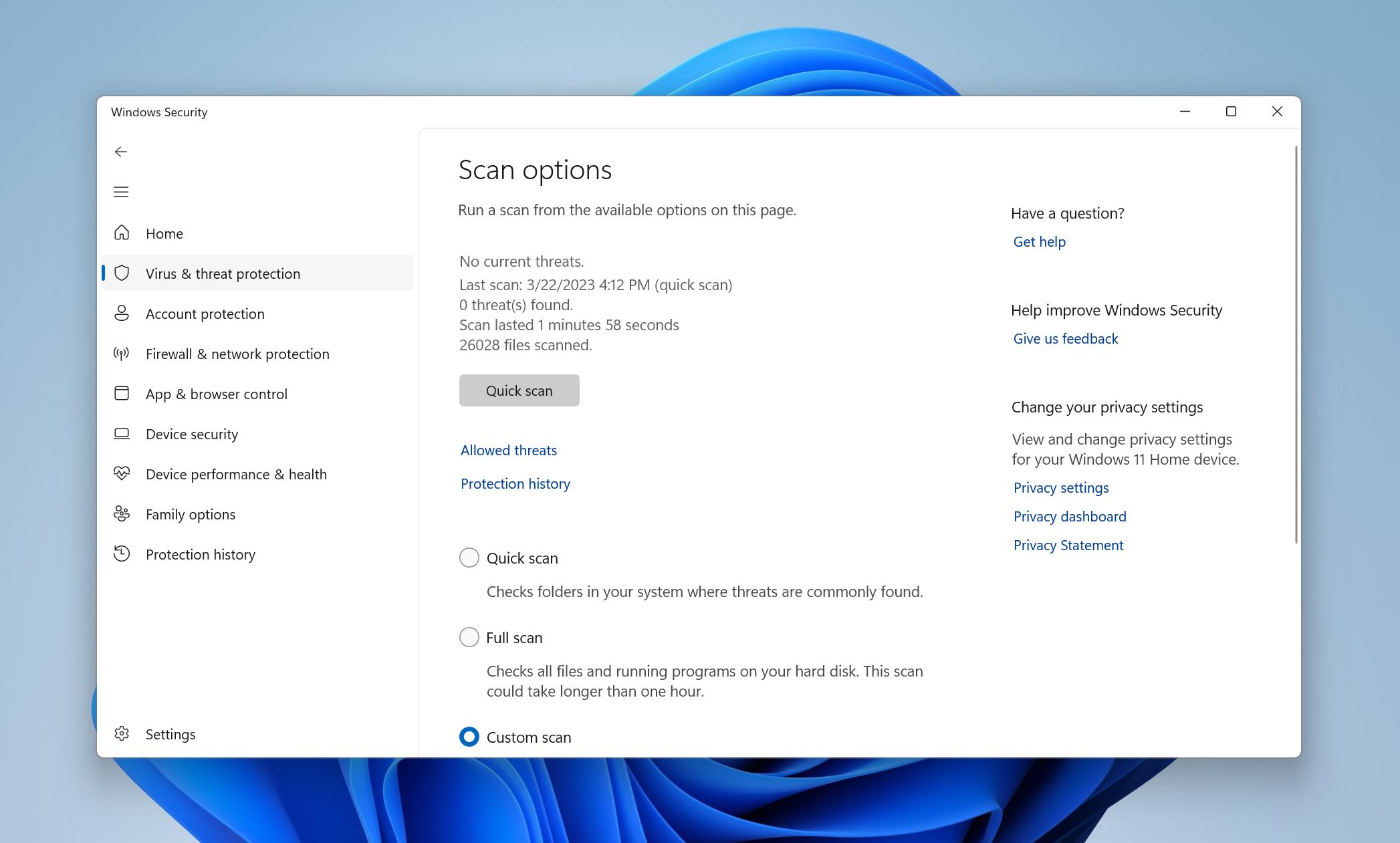
Computer viruses commonly cause corruption and other logical issues on your USB drive. Usually, this happens when you connect the USB drive to an infected computer. If you suspect that malware is causing logical issues and corruption on your USB, scanning it with Windows Defender (packaged with Windows Vista and above) is a good idea. Scanning your entire PC using the Full Scan is also recommended.
Pros
- A capable antivirus solution at no added cost.
- Custom scans allow you to scan specific folders where you suspect the presence of malware. This saves time.
- Doesn’t automatically scan USB drives when they’re connected.
- Periodic scanning is limited to internal storage drives.
Paid USB Repair Tools
If none of the free tools were able to repair your USB stick, you’ll have to resort to paid options. Paid tools offer broader functionality, better usability, and typically produce better results. They can also help you when the issue is more complicated than minor file system corruption.
6. AOMEI Partition Assistant (Windows)
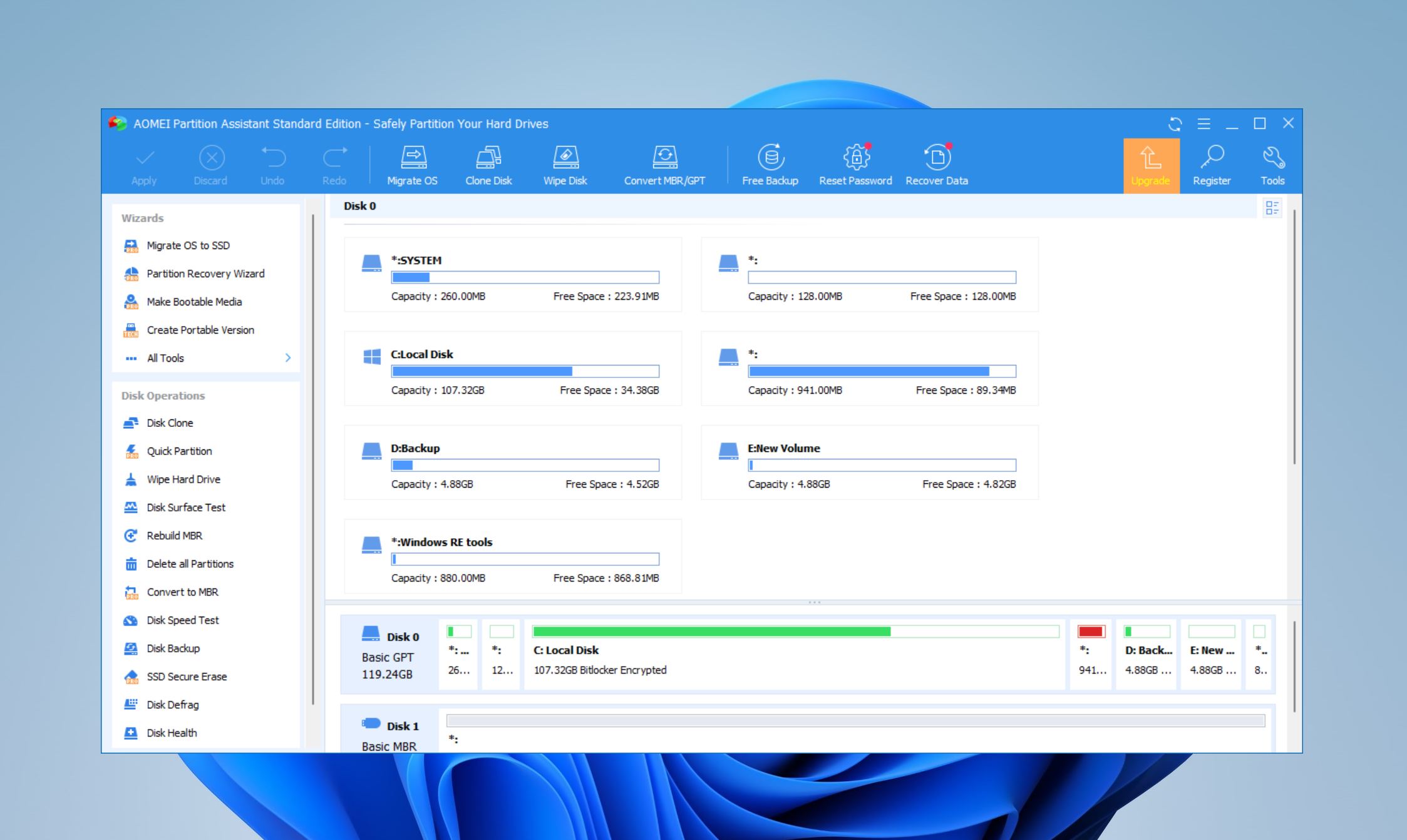
Few tools can hold a candle to AOMEI Partition Assistant’s partitioning and disk management capabilities. It offers an easier and more functional way to format, partition, and repair your USB drive than Windows Disk Management. You can also recover lost partitions from your USB drive using the premium version of the program.
Pros
- An ability to manage partitions, as well as recover them, within a single interface. AOMEI Partition Assistant’s functionality extends beyond just repairing your USB drive.
- Feature-rich free plan.
- You can rebuild the Master Boot Record (MBR) using the tool.
- It can be integrated into the Windows Recovery Environment, allowing you to use the program even if Windows is unable to boot.
- The free version has limited partition recovery capabilities. You can view recoverable partitions, but cannot recover them.
- The premium plans are pricey.
- Only runs on Windows.
Pricing: Free Standard version with paid plans starting from $39.95.
7. ALSOFT DiskWarrior (Mac)

DiskWarrior is one of the oldest Mac-only disk repair programs, and an excellent choice–if your goal is to rebuild your USB drive’s directories and file system. However, this severely narrows down its use case. If you want to recover deleted files from your USB drive, DiskWarrior won’t be able to help you. It only supports disks formatted with the HFS+ file system.
Pros
- Intuitive, easy-to-use interface.
- Blazing fast repair speeds.
- Repairs your corrupt files and file systems that the macOS disk utility can’t.
- Comes with a flash drive that can be used to run DiskWarrior while your Mac is in recovery mode.
- No free trial.
- Doesn’t support any Windows file systems (FAT32, NTFS, exFAT) as well as the latest macOS file system, APFS.
- Doesn’t recover your files.
Pricing: $119.5 for a single copy. Includes a DiskWarrior Flash Drive.
8. DiskGenius (Windows)
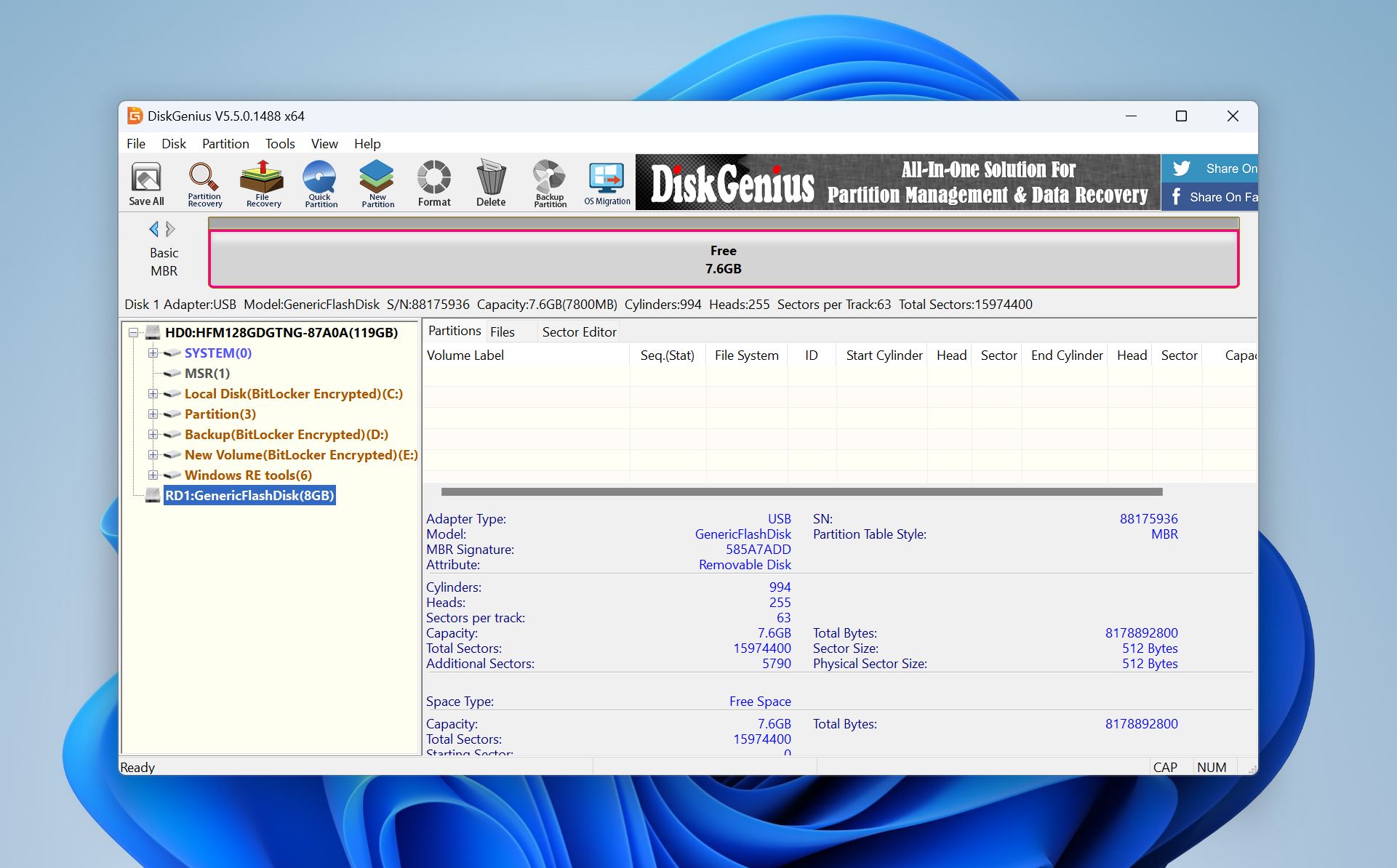
If bad sectors are what caused your USB drive to be corrupted, DiskGenius presents itself as a good choice to verify and repair those bad sectors. The verification process is read-only, so you don’t have to worry about data loss. However, the repair process can delete your files, so it’s recommended you create a disk image of your USB drive before using DiskGenius.
Pros
- Data recovery and disk repair software in one package.
- A feature-loaded free version that lets you verify and repair bad sectors on your USB drive.
- Supports RAW USB drives.
- It can be used to back up and restore the partition table.
- Complicated UI.
- Subpar support with no live chat and phone support.
- Doesn’t support Mac-specific file formats.
9. Outbyte Driver Updater (Windows)
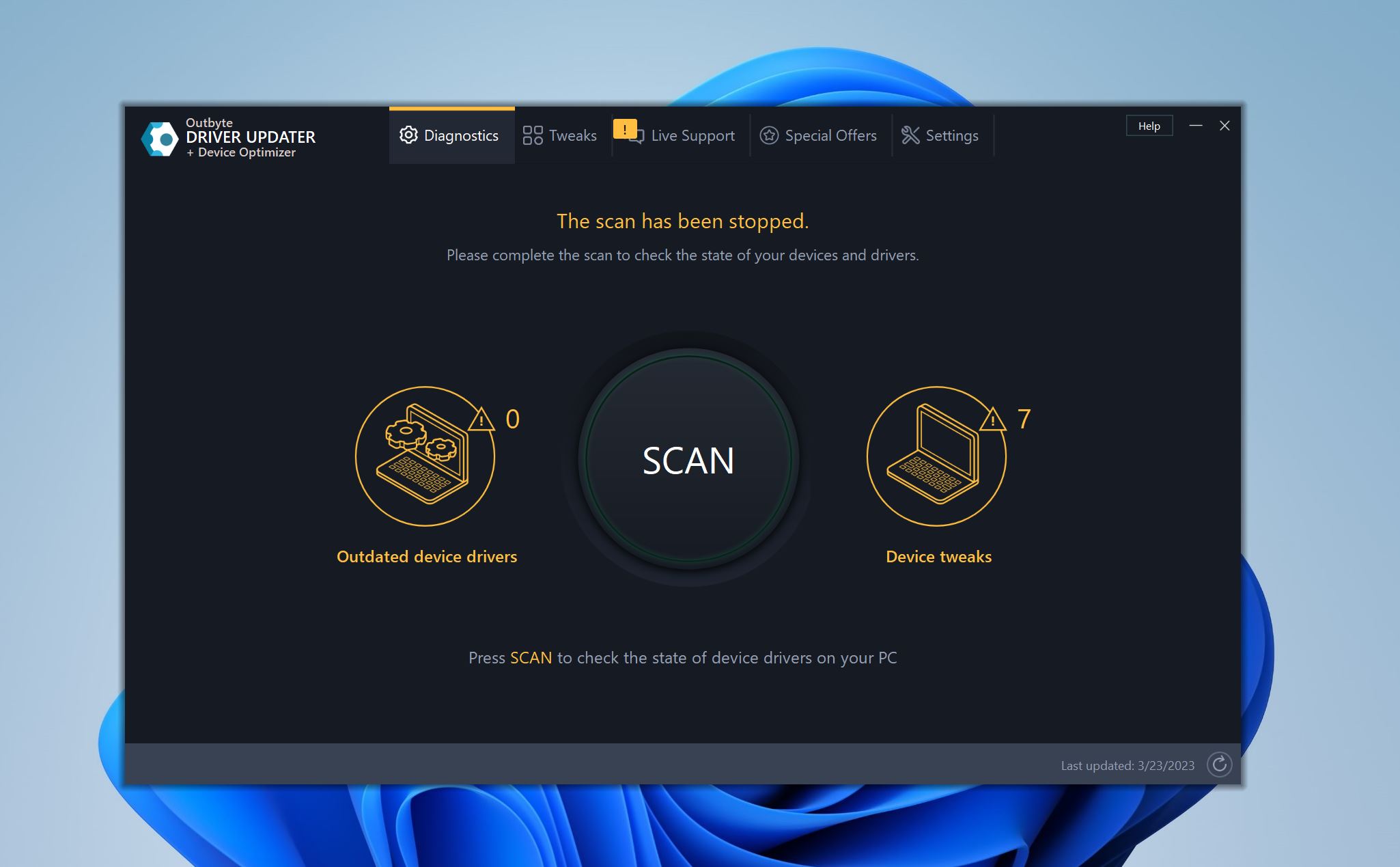
Outdated drivers are a common reason why your USB drive could be malfunctioning. And Windows cannot be relied on to update all the necessary drivers as soon as new updates are rolled out. Outbyte Driver Updater fixes this by scanning your PC and detecting corrupt or outdated drivers. You can then proceed to download and install the drivers from within the Outbyte Driver Updater UI.
Pros
- Removes the hassle of manually discovering corrupt or outdated drivers.
- Backs up old drivers for easy rollbacks.
- Includes a PC optimizer.
- Doesn’t repair the USB’s file system or restore corrupt partitions.
- No one-time purchase option.
Pricing: 7 day free trial. $29.95 for a three-month subscription.
10. Norton Antivirus Software (Windows and macOS)
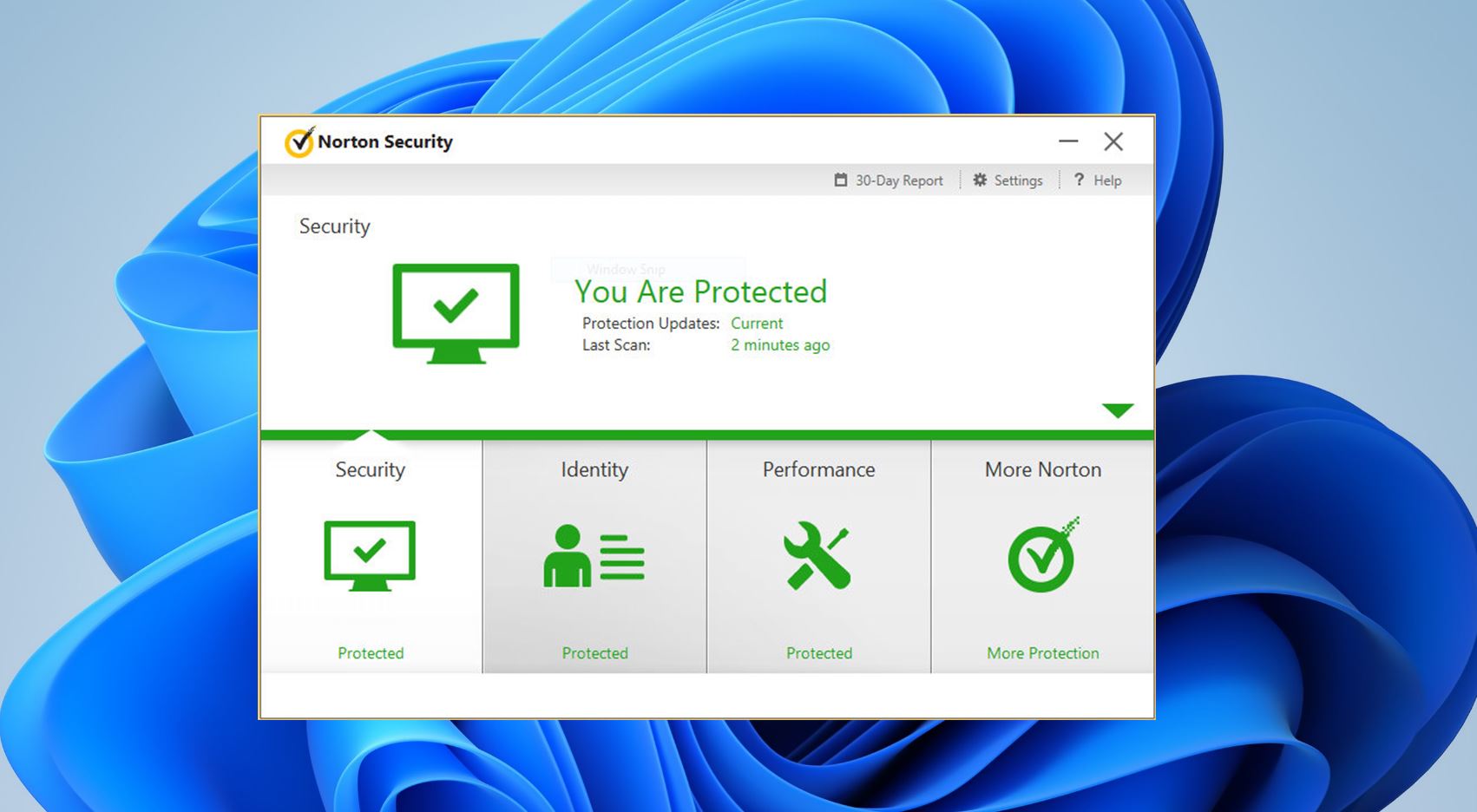
While the in-built antivirus solution on your PC or Mac is capable enough, it’s still not better than Norton’s Antivirus Suite. Using Norton, you can set up automatic USB scans that’ll scan your USB drive for malware each time you connect it to your PC. Furthermore, Norton Antivirus’ virus definitions are updated regularly, allowing it to detect and remove the latest threats that your computer’s in-built antivirus may not be able to do.
Pros
- Better virus detection and removal than in-built security programs in macOS and Windows.
- Set up periodic scanning of your PC to remove threats as soon as they’re detected.
- Highly customizable.
- No free version. Just a limited 7-day free trial.
- Only makes sense if your PC is frequently exposed to threats. Otherwise, the in-built programs are enough.
Pricing: 7 day free trial. Plans start at $59.99 per year. There are extensive discounts available.
Manufacturer-Specific USB Repair Tools
Popular USB brands have their own USB repair tools that are typically free to use if you want to repair a pen drive manufactured by them. These tools are reliable, and are a good choice if you want something with more functionality than CHKDSK or Disk Utility, but don’t want to pay a premium for universal third-party USB repair programs.
11. Transcend JetFlash Online Recovery

If you own a Transcend JetFlash USB drive that’s not working like it should, Transcend’s JetFlash Online Recovery tool can restore the USB drive to its default settings. The process will wipe off all existing files on the drive, so be sure to first recover your data from the Transcend USB drive before using the tool.
Pros
- Manufacturer approved reset tool for Transcend JetFlash USB drives.
- Free to use.
- Simple and easy-to-use UI.
- Wipes out all existing data on the USB drive.
- Only supports 16 GB and below JetFlash 780 drives.
12. Kingston Format Utility
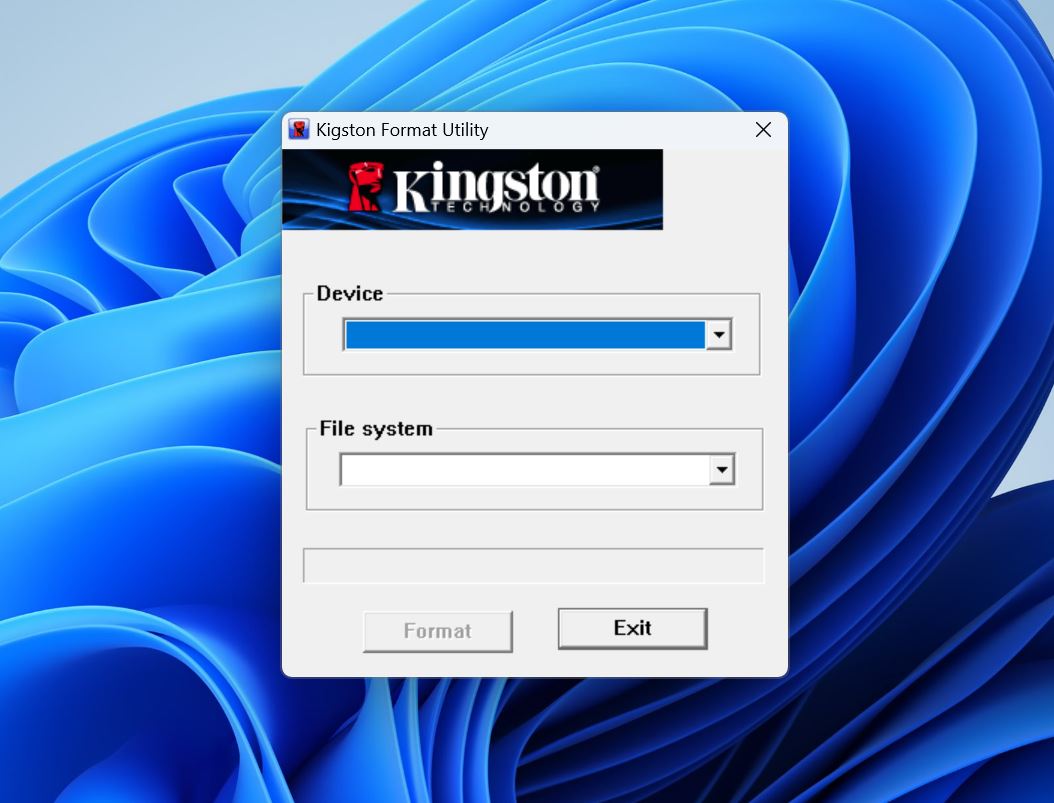
If you own a Kingston USB drive, the manufacturer’s own format utility can restore the drive to its factory settings. It removes all viruses, file system issues, and the files themselves while it does this.
Pros
- Easy to use. Simply select your drive, and the file system you want to format it to. Click OK.
- Small download size.
- Free to use.
- There’s no discernible difference in functionality when compared to the in-built Windows format tool.
- Hasn’t been updated in a long time.
13. Apacer USB Repair Tool

The Apacer USB Repair Tool works with Apacer’s own and other USB drives. You can use the tool to either format, or “restore” your USB drive to its factory settings. Both options will delete all your data. The tool will resolve any logical issues it encounters during the process.
Pros
- Simple UI with only two options–Format, and Restore.
- Works with USB drives manufactured by other companies.
- Free to use.
- No official documentation on how to use the program effectively.
- The program looks unprofessional and doesn’t inspire a lot of confidence.
Pricing: Free.
14. Seagate SeaTools

Seagate’s SeaTools utility is a program that’s usually installed to check and fix the hard drives on your PC. However, it’s compatible with USB drives, and you can use it to run a health check on your drive, and then resolve any issues you encounter. SeaTools can diagnose and fix bad blocks on your USB drive.
Pros
- Developed by a renowned brand for added peace of mind.
- It can be used to manage and fix your hard drives as well.
- Doubles up as a format utility in addition to a repair tool.
- Compatible with non-Seagate drives as well.
- Complicated user interface.
- The repair process takes a long time.
Pricing: Free.
15. Silicon Power USB Flash Drive Recovery Software
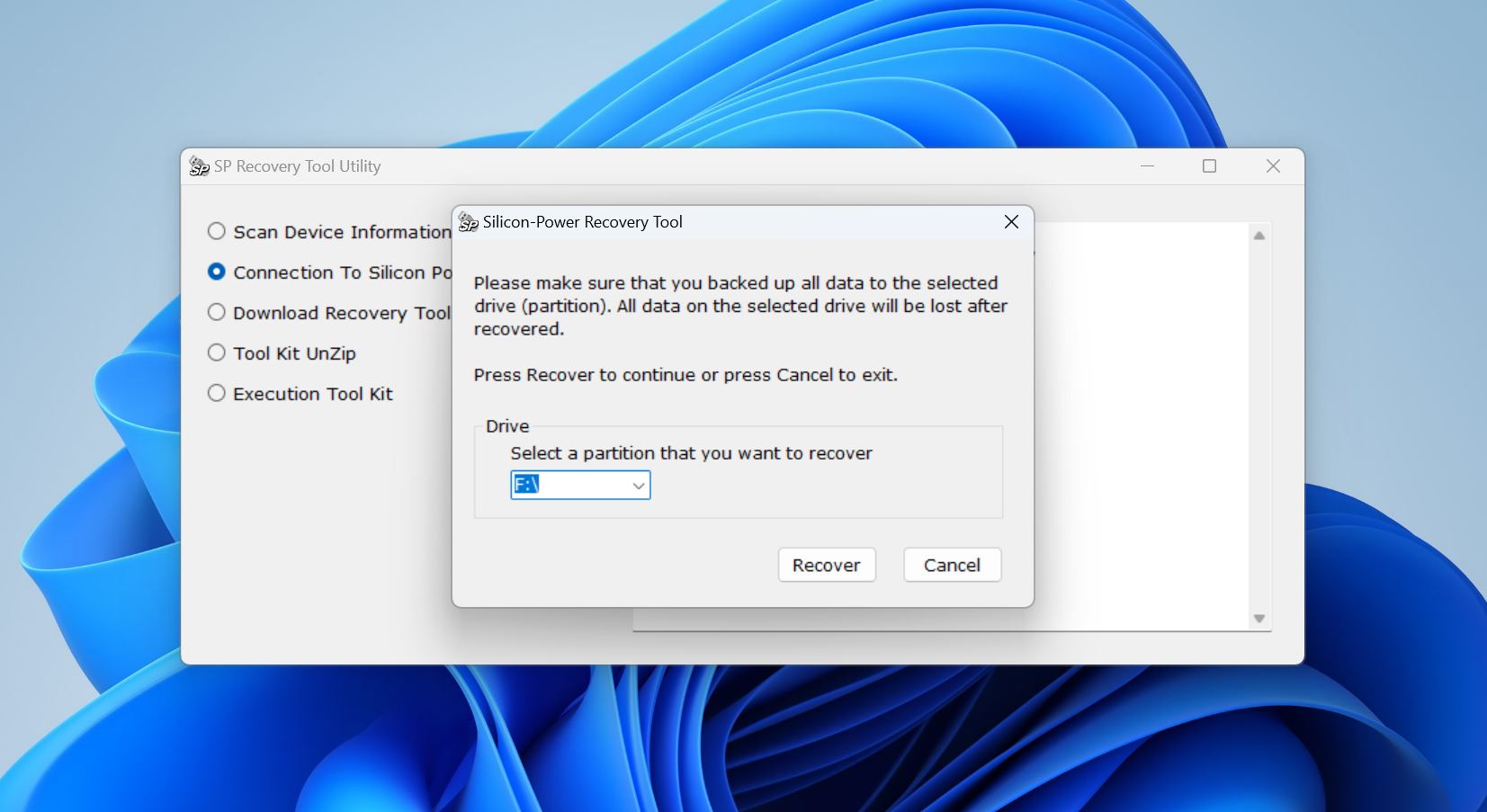
If your USB is write-protected, unable to format, or not recognized by your PC, Silicon Power USB Flash Drive Recovery Software can help you in repairing the USB drive. It supports all pen drives, but was specifically designed for Silicon Power USB drives.
Pros
- Simple to use.
- Small download package of only 218 KB.
- Works with all USB drives.
- Hasn’t been updated since 2016.
- Cannot repair your drive without deleting your data.
Pricing: Free.
16. PNY UFIX III
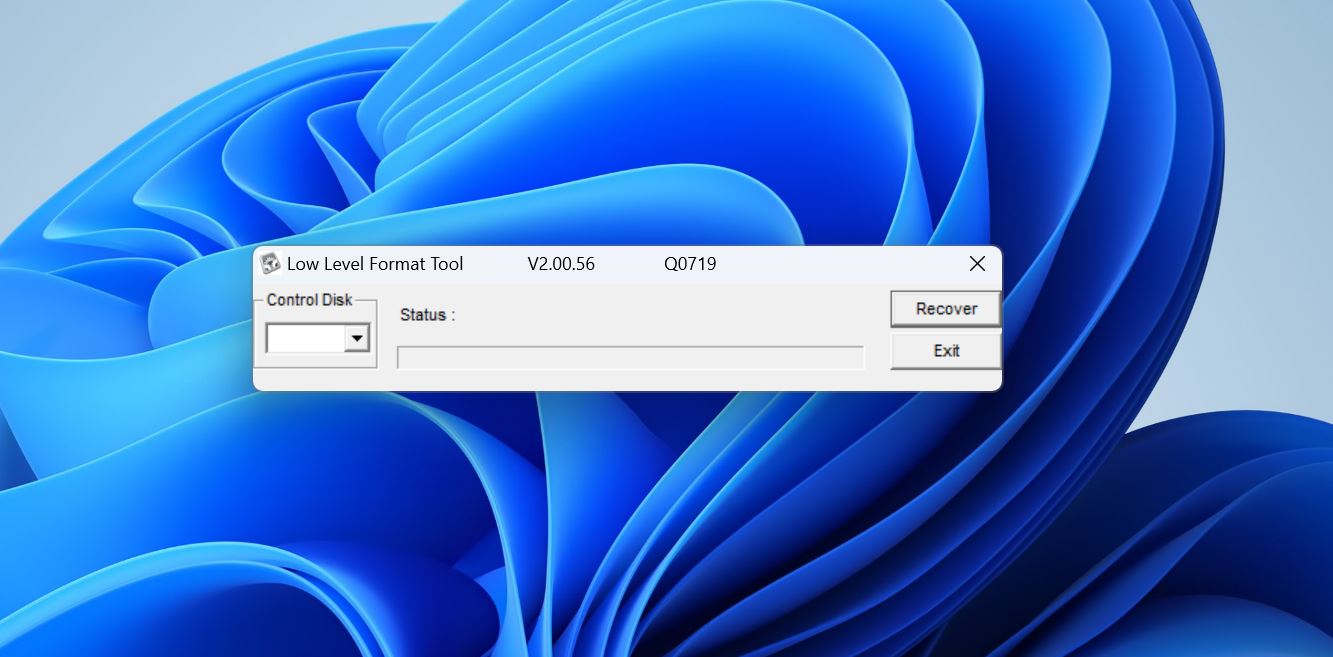
If you own a PNY or HP USB drive, PNY UFIX can format and repair the USB drive in case it’s write-protected or not accessible in Windows. The interface is dated and you can opt to Recover or Exit the program. Again, you do need to back up all your data before using the tool.
Pros
- Can format and repair drives even if they’re write-protected.
- The interface doesn’t confuse you with options.
- Free to download and use.
- Doesn’t require installation.
- PNY UFIX is not regularly updated. The last update was in 2017.
- Only compatible with HP and PNY USB drives.
Pricing: Free.
